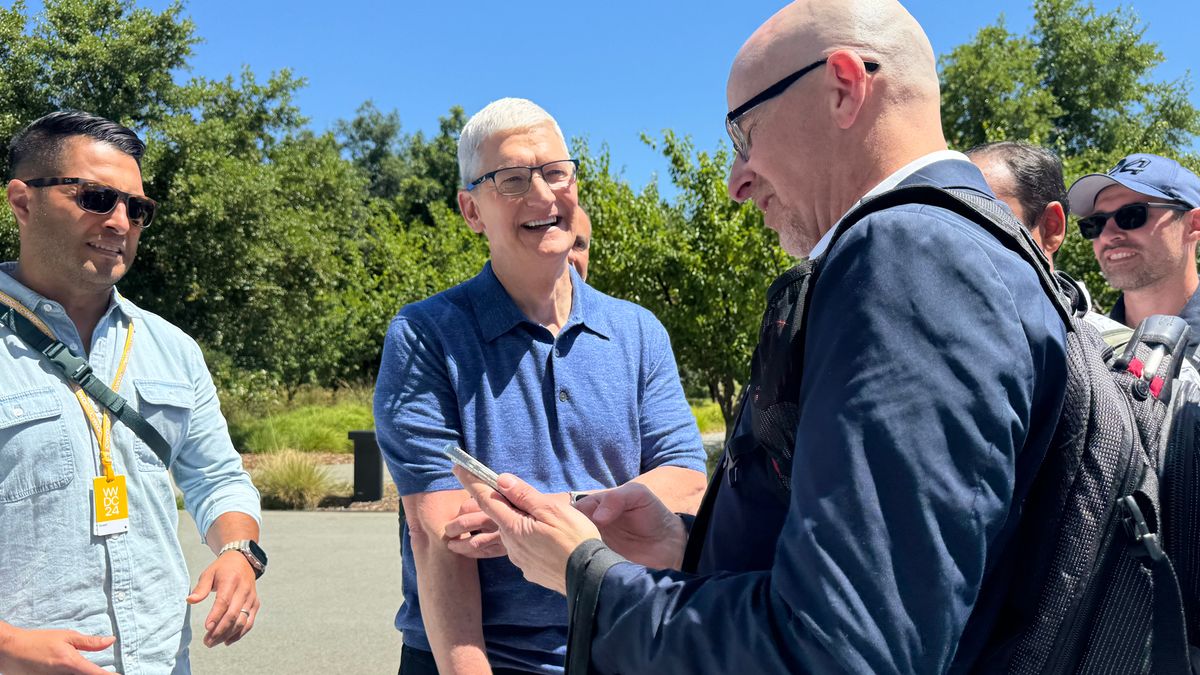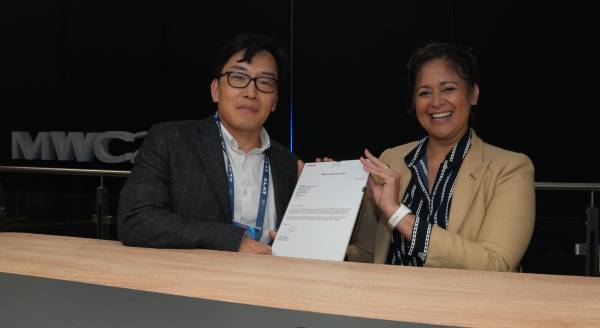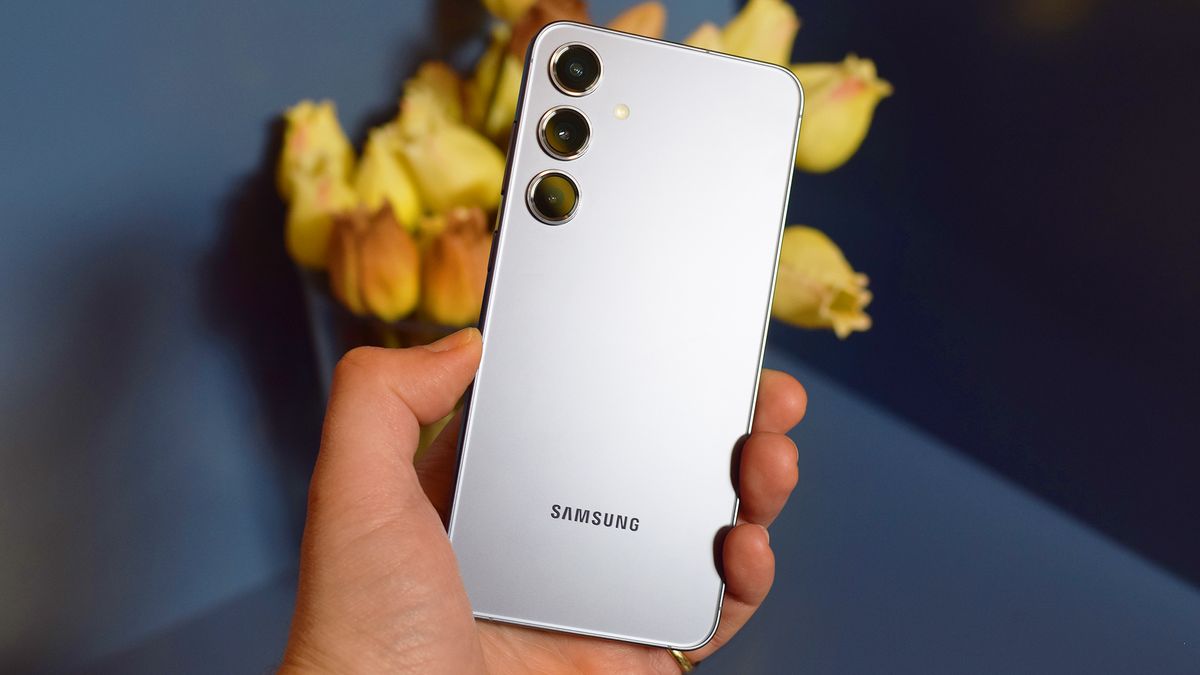Tesla CEO Elon Musk sparked debate this week when he took to This could come at a cost.
“The Model Y with a '260 mile' range built over the last few months actually has more range that can be unlocked for $1,500 to $2,000 (gain 40 to 60 miles of range), depending on the battery cells you use.” have,” Musk posted.
That equates to around £1,195 or AUS$2,270, although the upgrade has not been confirmed for any other markets.
In fact, Musk added “working through regulatory approvals to enable this,” to caveat the fact that the possibility of a one-time purchase to unlock the full potential of the onboard battery packs has not yet been officially approved.
The Model Y that Musk is referring to has now been phased out, replaced by a 320-mile version, which came with a $2,000 price increase but offered about 60 extra miles between Supercharger stops for the money.
But Musk's social media post suggests that customers of the older Model Y will be able to experience similar range estimates, as long as they're willing to pay for an over-the-air upgrade.
Unsurprisingly, it has sparked arguments between internet commentators and 260-mile Model Y owners, with some suggesting that offering additional range is a good thing, while others vehemently disagree.
“What bothers me is that if you're not paying for extended range, you're still carrying all that unusable capacity everywhere you go, and the weight associated with it. So you're paying for the downsides of the feature (increased weight and, therefore, freight cost) without any of the advantages,” reads a comment on The Verge website in response to the story.
This isn't the first time Tesla has employed this strategy, however, as owners of the updated Model S, released in 2016, could pay to unlock an additional 5kWh from the onboard battery packs. The fee back then was $3,250 (around £2,590 / AU$4,910).
Analysis: Paywalls are difficult for automakers
You've probably heard the phrase “software-defined vehicle” (SDV) a lot lately, as today's automakers are desperately trying to turn modern cars, particularly electric ones, into rolling smartphones on wheels.
Part of the reason is more convenient service schedule reminders, the ability to update vehicle settings wirelessly, and the delivery of new infotainment features. But the other reason is to create a new revenue stream from subscription-based services.
Both Mercedes-Benz and Polestar offered their EV customers the chance to unlock additional horsepower for a fee, while BMW decided to lock heated seat functionality behind a paywall, only to reverse the decision later. of customer reaction.
It's a tricky line, as most car customers are used to paying for the level of finish and specification at the point of sale, without digging deeper later to unlock features that the car in question is already capable of.
But producing just one variation on the production line is a much smarter business decision, as it saves additional time and expenses, not to mention the fact that the big automotive players can guarantee a regular flow of income from users who subscribe to higher levels of infotainment or higher power outputs.
Tesla has often been a pioneer in this regard, and its tech-savvy early adopters have generally agreed to sign up for things like Autopilot or full self-driving technology. That's not to say the rest of the car-buying public is as willing.









